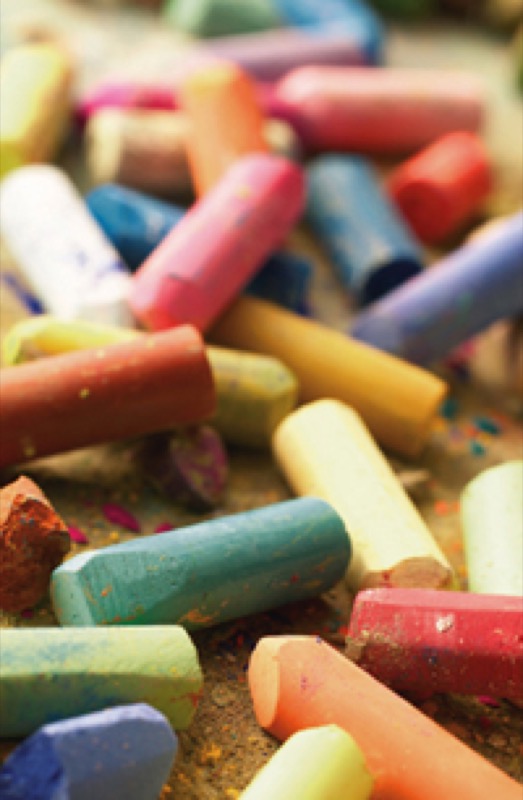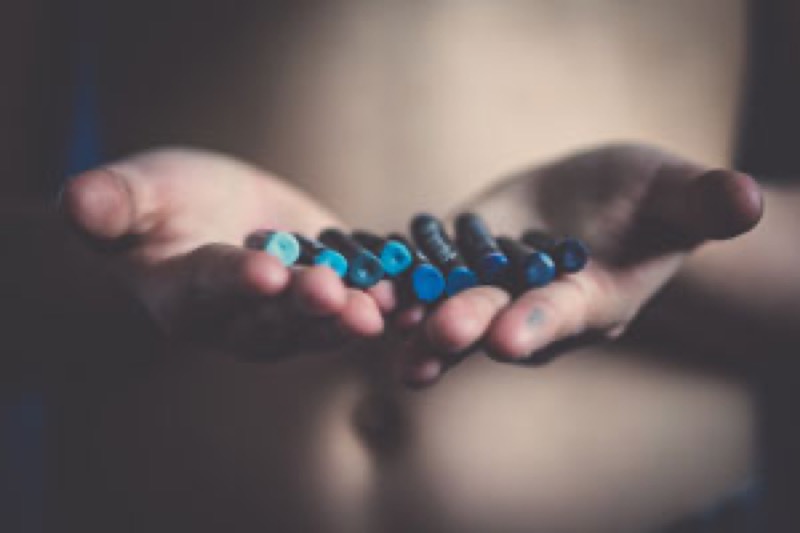Are pastels really just colored chalk? Infinite variations in color, different textures for developing your creativity… Whether dry or oil, they are sure to please! A panorama of the pastels available to you, and how to use them.

1. Dry pastels
1.1. Soft pastels
They consist basically of pigment and a small amount of binder, and are characterized by the intensity and richness of their colors. Because they are very powdery, you can cover vast solid areas quickly and create multiple effects by varying the strength and thickness of your line. They come in the form of cylindrical sticks (like chalk), in various sizes.
- Because they are very soft, they wear down quickly and are very fragile.
- When reduced to powder, they can be diluted with water and used as a wash.
1.2. Hard dry pastels
Because they contain more binder, they are especially sturdy. They come in the form of sticks with square edges.
- You can use them alone or in combination with soft pastels.
- If you sharpen them to a point, you can achieve very narrow, precise lines, practical for enhancing details.
- If you apply them horizontally, you can easily draw a work's large colored masses.
The range of shades available is not as wide as for soft pastels.
1.3. Pastel pencils
They come with leads halfway between hard and soft pastels. Because they have a limited range of colors, they are mostly used for sketching and detail work.

2. Oil pastels
2.1. Oil pastels
While the variety of available shades is not as great as for dry pastels, they still have a wide enough range to satisfy your creativity! Composed of pigments and oils, they come in the form of cylindrical sticks.
Two ways to use them:
- Directly on paper to create lines or solid areas.
- By removing color from the tip of the pastel stick with a paintbrush dipped in white spirit or turpentine.
Note: As a rule, they are incompatible with dry pastels! However, you can use them with oil paints.
2.2 Wax pastels
They are made from wax and pigments. They are rarely used alone, but rather in combination with other media using their two main properties:
- They are water repellent: use them to create reserves, such as in a watercolor.
- Powdery media are attracted to them: take advantage of them to create dry pastel impastos!
Hundreds of shades…
Work with pastels directly, without mixing the shades on a palette first: the colors are available in their pure form, and in several tones. So there are hundreds of nuances, available by the unit!
Note that manufacturers offer complete sets to pick and choose from… Even better, there are boxes that come in thematic assortments: portrait, landscape, etc.
Recommended product:
Mi-Teintes®
